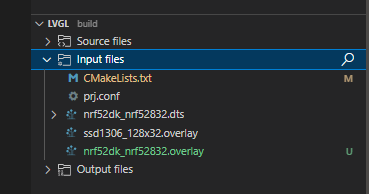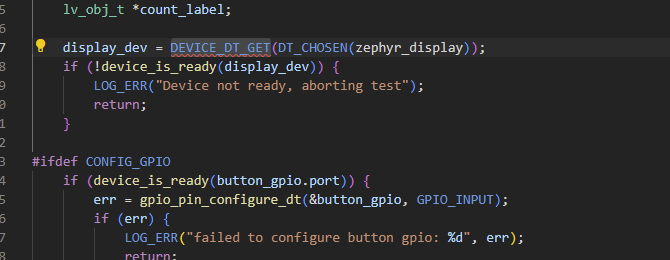Hello to all
I am quite lost, I need help to connect an oled to my project. The rest of the stages I have it complete, but my experience with OLED, is limited to arduino with U8G2 type libraries, that is, I don't know how to connect and configure my display with my board.
I am using NRF52DK and segger Studio.
Any recommendations on how I should start, or example with my environment?
Thank you very much





